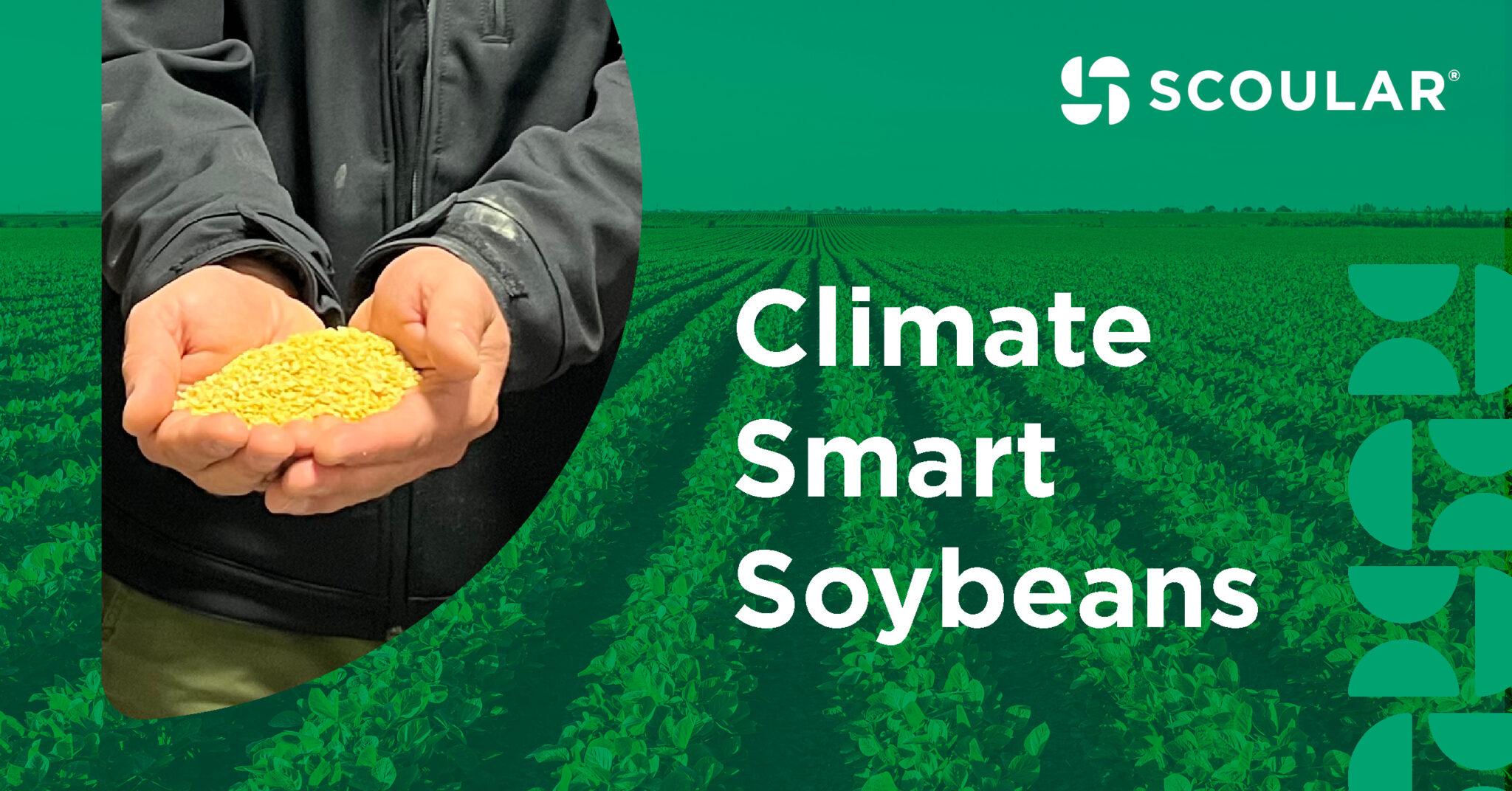Pausing to look back, the terrain of agriculture has always advanced with each epoch—yet few innovations emerge as sharply relevant as climate-smart farming today. in September 2024, the University of texas at Arlington (UTA), in conjunction with collaborators across texas, Arkansas, and Missouri, declared the accomplished harvest of thier initial crop of climate-smart soybeans. This achievement is stitched into the fabric of a four-and-a-half-year USDA-backed project valued at $5 million—a clear testament to both ambition and urgency.
For to long—decades perhaps—the agricultural sector’s contributions to rising greenhouse gases have flown just beneath public radar; most estimates pin agriculture’s total share at approximately 10% globally. UTA biologists lead by Professor Woo-Suk Chang recognized an possibility. By merging scientific expertise with hands-on farming experience in South texas—with emphasis on underserved producers—they aimed not only for yield improvement but also ample mitigation of greenhouse emissions such as carbon dioxide, methane, and nitrous oxide.
The harvest was notable partially because South Texas boasts an earlier growing season compared to more northern states. “We are the first to harvest climate-smart soybeans in this program,” Dr.Chang remarked recently during a campus announcement: words that may seem modest in length but are profound in promise.
Not every aspect moved smoothly from conception to implementation; natural inconsistencies typify real-world progress far more than hyperefficient distinctions made by outsiders woudl suggest here (and sometimes typical whether patterns where anything but predictable). Over fourteen farmers participated actively across three different states. Their fields became living laboratories for five core regenerative methodologies:
- Precision nutrient management
- Reduced tillage
- Biological soil amendments
- Cover cropping strategies
- Strategic water conservation techniques
While these approaches represent familiar tenets within lasting agriculture, combining them did not always follow perfect order or sequence—the interplay adapted fluidly depending on local conditions or farmer preference rather than algorithmically determined structures.
Should one imagine yield increases occurring uniformly? Of course not; agronomic gains varied considerably from site-to-site—a complexity that’s routinely masked when presented only through mean averages and slick graphs found elsewhere (simply put: field results rarely echo lab predictions without deviation).Greater resistance against temperature-induced stress events surfaced reliably where cover crops had been layered into rotation cycles last autumn—a poignant reminder that soil microbe interactions can shift crop resilience markedly over only one winter cycle (even though yields remained identical between some non-covered plots which was honestly unexpected). Simultaneously—surprisingly perhaps—even smaller landholders managed solid output metrics without sacrificing less tangible ecosystem benefits.
Within supply chains there is another narrative quietly unfolding already: traditionally disadvantaged farmers leveraging access granted by this trial now glimpse entryways into larger specialty commodity markets previously unavailable. And like those who opt for clean electricity plans favoring renewables over fossil sources—with associated price premiums attached—markets are being engineered so discerning consumers might elect goods cultivated via measurable environmental stewardship rather than invisible processes fraught with externalities no individual pays for directly.
Still—not everything balanced evenly throughout; some parcels responded better under precision irrigation regimes while others showed almost negligible input-output change under similar applications—it defies simple arithmetic reductionism often expected from controlled agricultural experiments everywhere else yet embodies practical reality perfectly well enough here today.
A word about terminology floats up too easily around innovations like these: “climate-smart” evokes images both technical and idealistic all at once but belies how intensely laborious incremental adaptation remains ground level out among rows straddling clay soils prone either drought or flash-flood alike depending which cloud sits briefly overhead this year instead of last’s patternless sequences repeating unpredictably each springtime anew.Farmers themselves adopted wording usually reserved for extension conferences or white papers (“soil organic matter,” “biological amendments”) bridging vocabularies formerly seperate between functionary science labs and feed stores along rural highways frequently dust-choked after combines roll out mid-summer mornings before sunrise—we can say it was enough change itself sometimes just talking differently about what soil health really means practically speaking inside old barns near small towns dotted upstate northward most years unchanged outwardly until now basically just recently changed somewhat if we’re honest about progress’ day-by-day tempo keeping pace awkwardly fast then slow again seemingly overnight not synchronously measured everywhere alike despite best intentions on paper ahead of time beforehand totally prepared before-hand supposedly anyway though variance persisted naturally regardless actually then as well subsequently still presently also curiously so forth…
Moving forward market drivers evolve: demand signals will echo upstream incentivizing process openness alongside verifiable reductions in GHG released per unit harvested—not replaced simply by theoretical constructs nor massaged regulatory standards alone—but evidenced through participatory monitoring rooted downtown equally among industry consortia negotiating certification prices quietly even weekends.If next year delivers even subtly improved efficiency metrics across additional acreage shifts southward following present indication curves—that is something worth watching carefully indeed notwithstanding operational hiccups scattered amid promising aggregate outcomes now provisionally achieved during this inaugural run-through down south first out-of-gate before expanded application migrates northwards wherever growing seasons start later accordingly due entirely opposite climatic realities encroaching slowly from horizon eastwards besides all othre factors held constant except those that evidently do not remain so over repeated attempts predictably much less precisely consistently somehow repeatedly nonetheless altogether remarkably reliably finally productive after all said done nearly unexpectedly earlier fruitfully harvested right on time ahead schedule officially only last month concluded effectively recorded confirmed factually noted openly available widely documented transparently discussed regionally throughout research community moderately enthusiastically celebrated anyway following longstanding traditions being updated anew awhile simultaneously preserving foundational values essential toward future regenerative revolutions coming soon probably…


